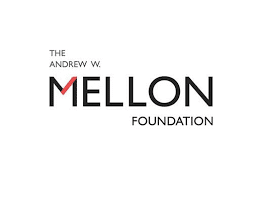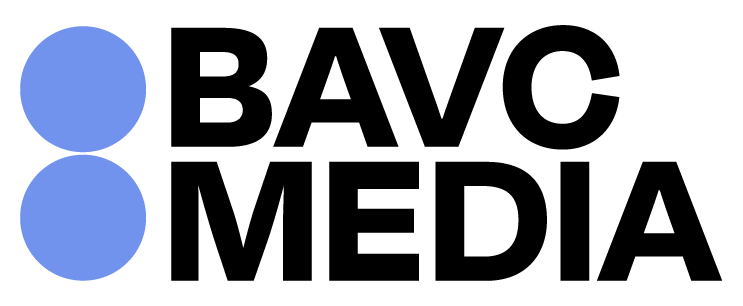Preservation
What Is Preservation?
As audio and video technologies have changed, and as old formats age and disintegrate, we are at risk of losing significant media that documents the art, culture and history of our diverse communities. BAVC Media works to preserve and digitize these cultural artifacts and other precious works of media art. Since 1994, BAVC Media has preserved over 7,000 hours of audio and videotape.
Why Preserve Analog Media?
Analog media preservation is necessary because of two central factors: technical obsolescence and deterioration. Experts say that magnetic media has an estimated lifespan for playback of 10-15 years, and companies have already ceased manufacture of analog playback decks, the devices required to digitize and preserve analog media.
Submit An Inquiry Submit An Inquiry Submit An Inquiry Submit An Inquiry Submit An InquirySubmit An Inquiry Submit An Inquiry Submit An Inquiry Submit An Inquiry Submit An Inquiry
Preserving analog media can be surprisingly complicated, and no two projects are alike. Submit an inquiry and give us details to help us determine a cost estimate and jump-start a more in-depth conversation about your preservation needs.
If you have a general question about preservation or digitization, contact our department directly (415) 558-2158 or preservation@bavc.org.
Transfer Services
BAVC Media rigorously maintains endangered analog equipment in order to provide high quality transfers to preservation standard formats. BAVC Media’s tape storage and transfer facility follows the Association of Moving Image Archivists (AMIA) guidelines for magnetic tape storage and International Organization for Standardization (ISO) care and handling practices for extended usage.
Currently, BAVC Media only transfers tape formats manufactured for the North American NTSC video system, including:
- 1″ Type C Open Reel Video
- 1/2″ Open Reel Video (AV and CV)
- U-Matic, U-MaticSP
- Betamax II/III
- Betacam, BetacamSP
- VHS/SVHS/VHS-C
- Hi8mm/Video8mm
- MiniDV, DVCam
- Digibeta
- 1/4″ Open Reel Audio
- Audiocassette
- DAT
To request a quote for preservation transfer services, please fill out the preservation transfer inquiry form.
Our Process
Preservation Access Program Preservation Access Program Preservation Access Program Preservation Access Program Preservation Access ProgramPreservation Access Program Preservation Access Program Preservation Access Program Preservation Access Program Preservation Access Program
The old tapes you have in storage are likely way past their shelf-life, and the longer they sit the harder it will be to preserve the content they hold.
If you need funding to help cover the cost of digitization the Preservation Access Program is here to subsidize the preservation of your collection.
History of BAVC Preservation
As one of the nation’s longest-standing non-profit video and audio preservation organizations, BAVC Media remains a leader in the field, developing the highest quality preservation standards and practices while working with individuals and cultural, academic, and media organizations to meet a range of needs for preserving historically and artistically important video and audio materials.
Established in 1994 with a grant from the National Endowment for the Arts and in partnership with the Getty Research Center, BAVC Media’s Preservation program has also received support from the Andrew W. Mellon Foundation and the Andy Warhol Foundation for the Visual Arts. Funding has also been provided by California Humanities and the State of California through the California State Library.
In addition to partnering with institutions such as the Stanford Media Preservation Lab and New York University’s Digital Library Technology Services on research and development projects related to archival moving image and video preservation, BAVC Media’s Preservation Department works with museums, artists and cultural institutions around the world to remaster, transfer, and archive seminal creative and historical works on video and audio tape. Clients and partners have included the Dance Heritage Coalition, Human Studies Film Archives of the Smithsonian’s National Museum of Natural History, The Kitchen, Video Data Bank, San Francisco Museum of Modern Art, Berkeley Art Museum and Pacific Film Archive, Fales Library at NYU Special Collections, Walker Arts Center, and San Francisco Ballet among others.
Thank You To Our Current Funders




